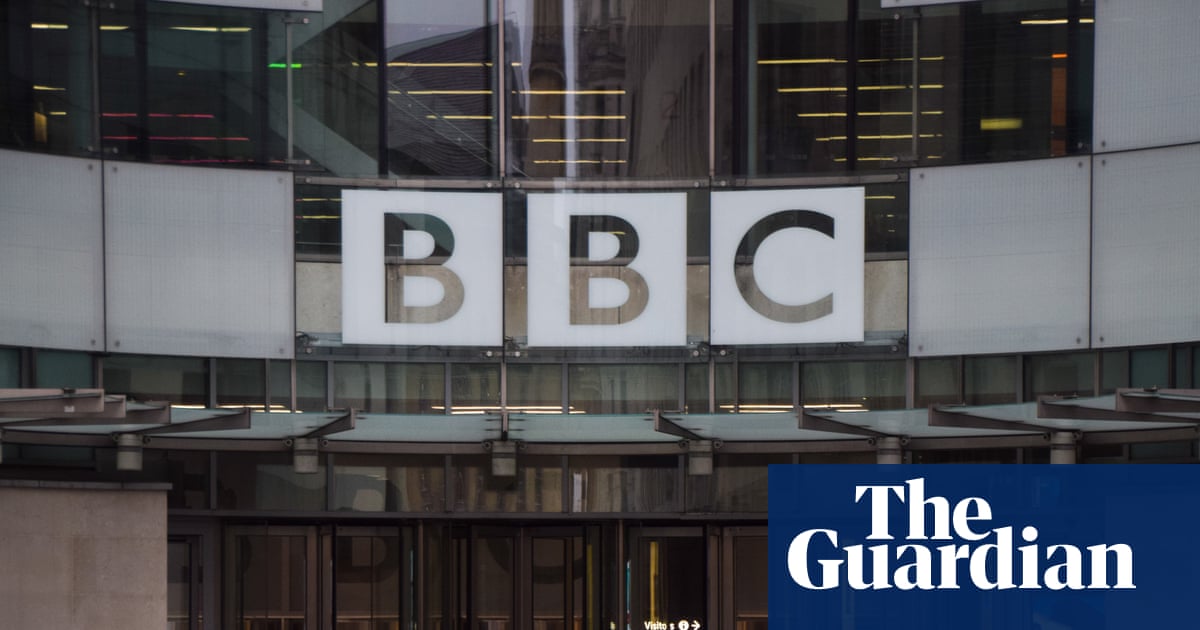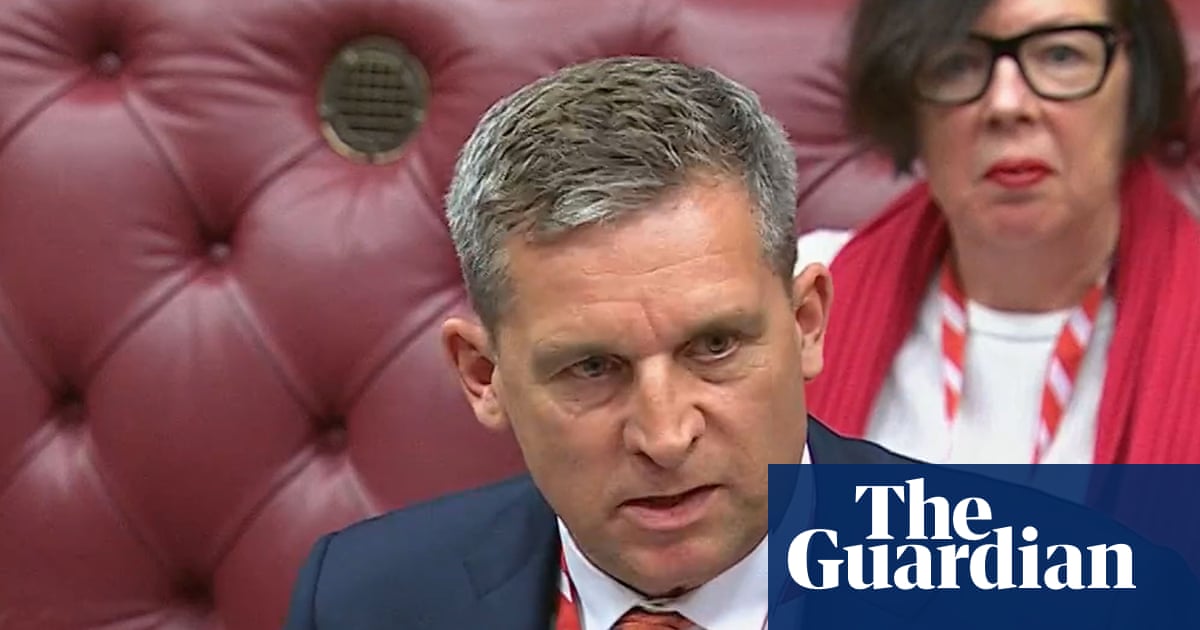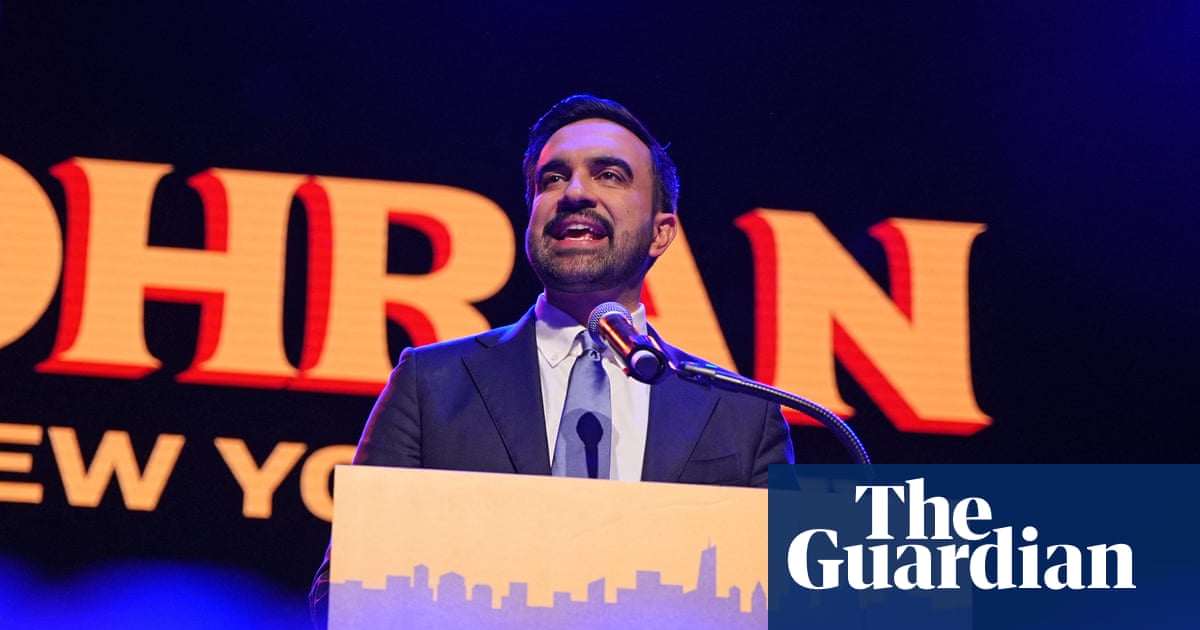BP has raised its forecasts for oil and gas demand, suggesting the global net zero target for 2050 will not be met and highlighting a slowdown in the transition to clean energy.
The energy company’s closely watched outlook report has estimated that oil use is on track to hit 83m barrels a day in 2050, a rise of 8% compared with its previous estimate of 77m barrels a day.
The current trajectory of the energy transition means natural gas demand could hit 4,806 cubic metres a year in 2050, BP said, up 1.6% from its previous estimate of 4,729 cubic metres.
To meet global net zero targets by 2050 the fall in oil demand would have to occur sooner, and with greater intensity, dropping to about 85m barrels a day by 2035 and about 35m barrels by 2050, BP said.
The world currently consumes about 100m barrels a day of oil.
Spencer Dale, BP’s chief economist, added that geopolitical tensions, such as the war in Ukraine, conflicts in the Middle East and increasing use of trade tariffs had intensified demands around national energy security.
“For some, it may mean reducing dependency on imported fossil fuels, and accelerating the transition to greater electrification, powered by domestic low-carbon energy,” he said. “We may start to see the emergence of ‘electrostates’.”
However, the report found that it could also give rise to an increased preference for domestically produced rather than imported energy.
The outlook was published as the energy secretary, Ed Miliband, looks at ways the government could encourage drilling in the North Sea without breaking a manifesto promise not to grant new licences on new parts of the British sea bed.
Despite rapid growth in renewable energy, oil is still forecast to remain the single largest source of primary global energy supply for most of next two decades, at 30% in 2035, down only slightly from its current share.
Renewables are forecast to rise, from 10% of the primary energy supply in 2023 to 15% in 2035, BP said, and are not expected to surpass oil until towards the end of the 2040s.
BP also found that “the longer the energy system remains on its current pathway, the harder it will be to remain within a 2C carbon budget”, as emissions continue to rise.
after newsletter promotion
The carbon budget is how much CO2 can still be emitted by humanity while limiting global temperature rises to 2C. BP’s modelling has found that, on the current trajectory, cumulative carbon emissions will exceed this limit by the early 2040s. “This raises the risk that an extended period of delay could increase the economic and social cost of remaining within a 2C budget,” it said.
BP has attracted anger from environmental campaigners in recent months after abandoning green targets in favour of ramping up oil and gas production.
The green strategy was set by its previous chief executive, Bernard Looney, who was appointed by the outgoing chair, Helge Lund, in 2020 to transform the business into an integrated energy company. However, the transition was undermined by a rise in global oil and gas prices, as well as by the shock departure of Looney in 2023.
Looney’s successor, Murray Auchincloss, set out a “fundamental reset” this year after the activist hedge fund Elliott Management amassed a multibillion-pound stake in the company amid growing investor dissatisfaction over its sluggish share price.
BP’s outlook predicts that wind and solar power generation will meet more than 80% of the increase in electricity demand by 2035, with half of this occurring in China.
The world’s second biggest economy is also its biggest source of carbon dioxide. This week Beijing announced plans to cut its emissions by between 7% and 10% of their peak by 2035, though this reduction is well below the 30% cut that some experts have argued is necessary.

 1 month ago
80
1 month ago
80

















































